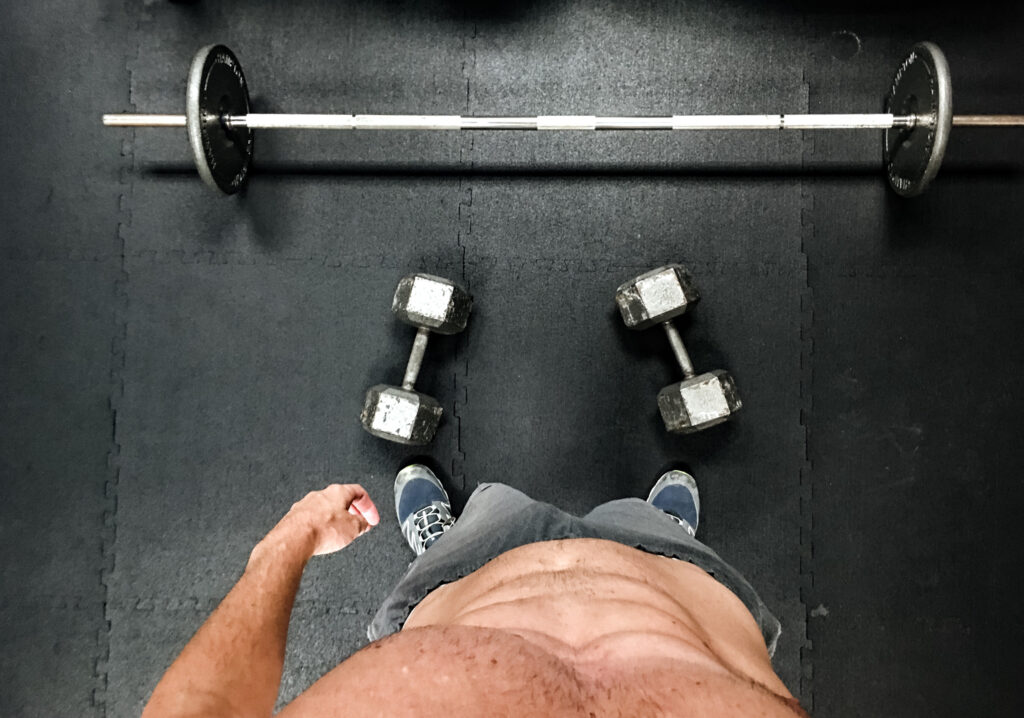The desire to train six pack abs frequently is common among those aiming to achieve a defined midsection.
When it comes to abdominal muscles, they’re like any other muscle group in your body. The primary difference is that they recover relatively faster than larger muscle groups such as the legs or back. So, training them more frequently, such as five times a week, is feasible.
However, a few things to consider:
- Variety: It’s crucial not to do the exact same exercises at the same intensity every single day. Your muscles adapt to the stresses you put on them, so varying the exercises and intensity can prevent plateaus and promote continuous development. For example, alternate between exercises targeting the upper abs, lower abs, and obliques.
- Intensity: If you’re training your abs five times a week, ensure you’re not over-exerting them every session. Over-training can lead to muscle fatigue or even injury. Balance between high-intensity days and lower-intensity days.
- Recovery: Even though abs recover relatively quickly, they still need time to repair and grow. Ensure you’re getting proper nutrition and sleep. If you ever feel pain (not to be confused with the usual discomfort of a workout) or see signs of excessive strain, it’s an indication that you need more rest.
- Fat Reduction: Remember, no matter how well-developed your abdominal muscles are, they won’t be visible if there’s a layer of fat covering them. Achieving visible abs is as much about reducing body fat as it is about muscle development. Incorporate cardio and maintain a balanced diet to shed excess fat.
- Listen to Your Body: The best guideline is always how your body feels. If you find that your abs are sore and haven’t recovered by your next workout, it might be best to give them an additional day to recover.
Yes, you can train your abs up to five times a week, but ensure you’re varying your workouts, balancing intensity, focusing on recovery, reducing body fat, and most importantly, listening to your body’s signals.

